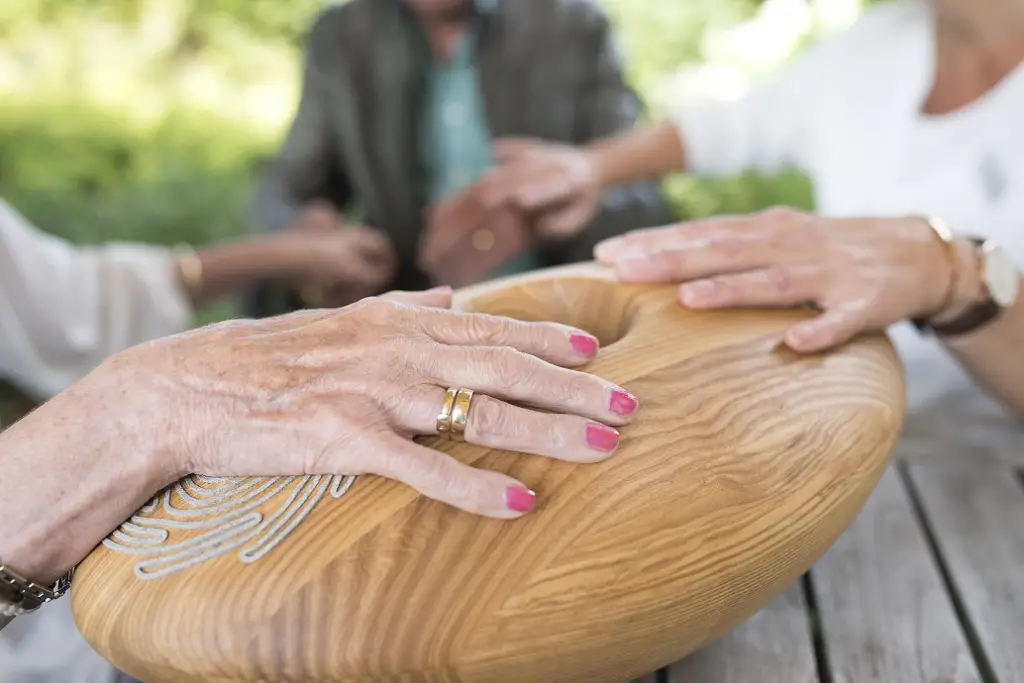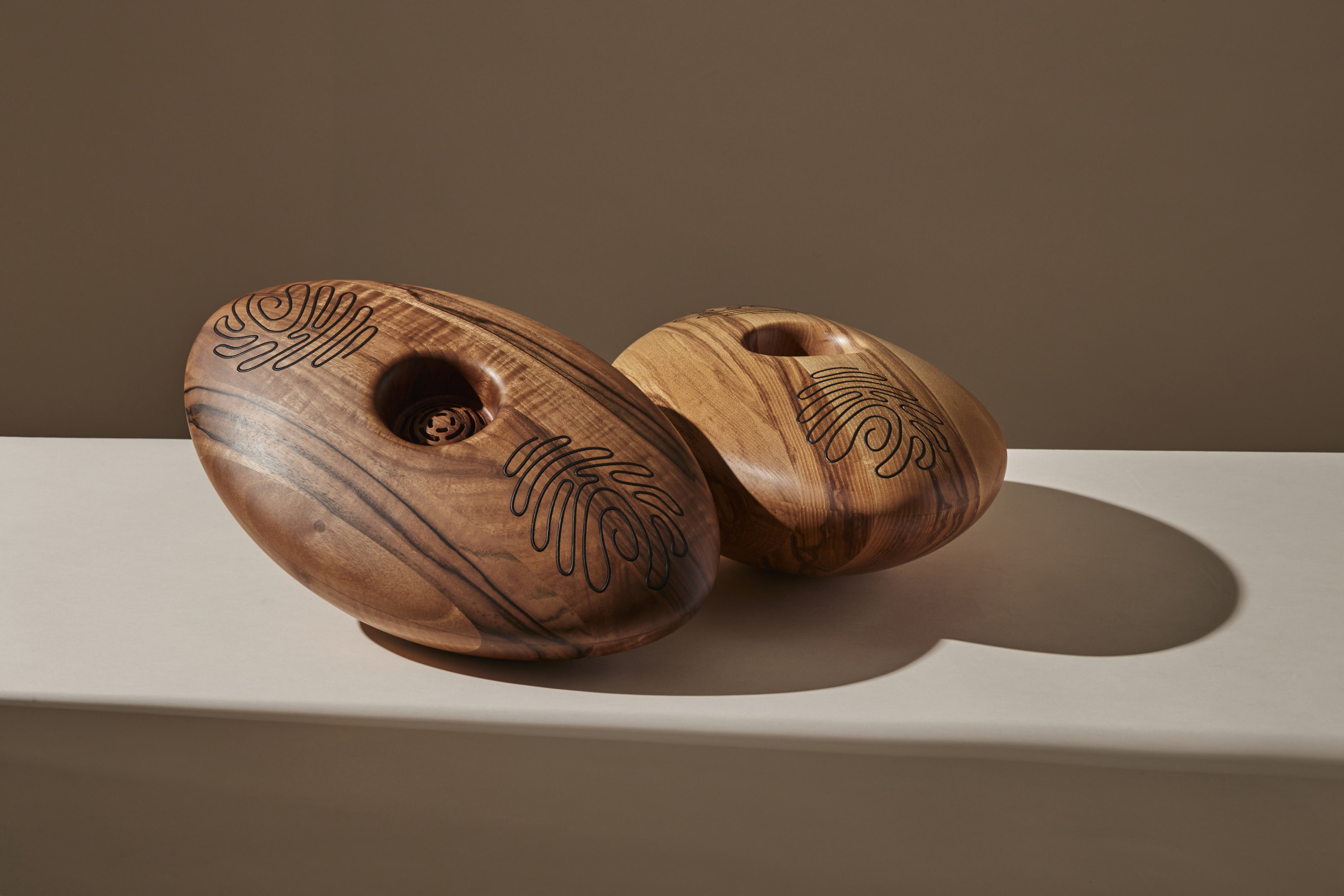The most intriguing innovations are often those that transcend categorization and are riddled with apparent inconsistencies. The CRDL exemplified this ideal; it is equal parts therapeutic instrument, miraculous gadget, and aesthetic masterpiece. It was recognized as an innovative product and hailed as one of the best designs at CES 2018. Crdl is a care instrument meant to establish meaningful bonds between people. Therefore, its mission alone is wonderful.
Crdl was developed out of a need to facilitate intimate interactions between persons who are physically or mentally disabled and their loved ones. An exploration of the aesthetics of touch and sound is provided ingeniously, Crdl can make anyone’s body into a musical instrument.
The Crdl turns the users’ touches into sounds at the precise instant their hands meet. Various forms of contact will activate a range of tones designed to heighten the sense of connection between people. Caregivers utilize crdl as a therapeutic intervention to connect with those experiencing dementia, autism, mental difficulties, or visual impairments.

Sound and music can have a significant impact on those with dementia, a brain condition associated with a gradual loss of cognitive and other skills. They have the power to bring up strong feelings and move us deeply. The sound stories created by Crdl are like miniature universes. They’ve been produced and curated with the end goal of facilitating deep connections between users. Holding, tickling, caressing, tapping, and kneading are all distinct forms of touch that Crdl can identify. A gentle touch on the cello or a tickling on the piano will set them both into motion.
Professionals and family members of people with dementia who participated in the one-on-one interaction study reported positive experiences. They felt like they were back in familiar territory and in closer communication with the individual with dementia. Based on feedback from professionals and family members in exit interviews, CRDL shows promise as a tool for fostering meaningful connections between those caring for someone with dementia and those who provide care.
Those who have employed CRDL in a group interaction session have found that patients or clients are generally attracted by the device itself but need active encouragement to interact with it. It appears that the healthcare provider, rehabilitative therapist, or family member plays a crucial role.
While some individuals won’t benefit from this new technology, those with dementia or other unique requirements and people taking care of them may find it to be a game-changer. According to medical professionals, this instrument can definitely enhance the quality of their life.
What do you think about this creative innovation? Do you think that it is helpful and needed in this world that we are living in?





